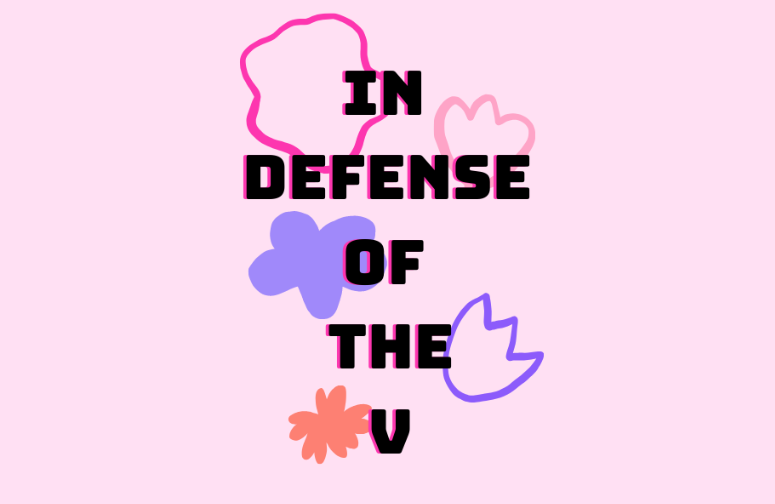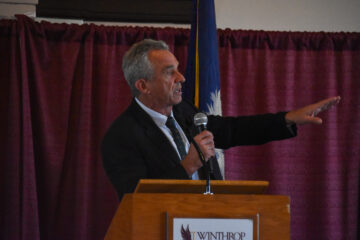On Feb. 7, 2018, I stepped out onstage in Plowden Auditorium, which was packed with friends, acquaintances and strangers, in the smallest shirt I had ever worn, bike shorts and fishnets. I was about to deliver an eight minute long monologue about sex work and women’s sexual pleasure in the building where I’d had ACAD just a year prior. Shockingly, the monologue that had me moaning onstage at a free cultural event is one of the least controversial things about playwright and activist Eve Ensler’s magnum opus, “The Vagina Monologues.” “The Vagina Monologues” were based on interviews conducted with around 200 women about subjects ranging from sexuality and femininity, to domestic violence and sexual assault, to menstruation and childbirth.
The script is revised every year in order to stay as relevant as possible, sometimes with the addition or omission of entire monologues. While the play is shockingly relevant, well-loved and has helped sparked the annual V-Day campaign to end violence against women, it has had its fair share of controversy since its inception in 1996. Many believe that the play is born out of an outdated feminism, one that focuses solely on the experiences of white cisgender women. While our society needs to uplift more diverse stories by diverse artists, “The Vagina Monologues” does not have to be left behind. The play is a part of feminist history which must be acknowledged, and much of the potential for diversity lies in the casting and staging of it.
The most common criticism of the play in the last few years has been that by elevating the vagina as a feminist symbol, the play is inherently transphobic. While Ensler elevates the vagina in a variety of ways in her play, she does not intend for the message to be that vaginas are the be-all end-all. In a 2015 contribution to TIME magazine in response to Mount Holyoke College’s retiring of the play, Ensler wrote that “‘The Vagina Monologues’ never intended to be a play about what it means to be a woman. It is and always has been a play about what it means to have a vagina.” Ensler also indicated that she has always encouraged trans women and trans men to perform in the show, and also worked closely with the first all-transgender cast of the show in 2004. Her interviews with these women resulted in a monologue that is performed to this day, titled “They Beat the Girl Out of My Boy… Or So They Tried.”
“The Vagina Monologues” views vaginas through the variety of ways they have been mistreated throughout history, and in modern times. Having a vagina has historically been enough to sentence a woman to a life of being a second-class citizen, with her only true purpose being to use her organs to have children. Ensler writes that the play “is still relevant here in the U.S. and around the world. Over 51% of the population has vaginas, clitorises, vulvas, and many to this day do not feel comfortable, familiar, free, or endowed with agency over them.”
Ensler uplifts the vagina by reframing it as a symbol of self-actualization, of sexual pleasure and of reclaiming one’s body, especially after having been abused or violated. In addition, the monologues are written relatively vaguely in terms of biological sex, gender and race. Like the works of Shakespeare, “The Vagina Monologues” can be performed in a way that reflects a modern, intersectional feminism by casting the right people — transgender women, non-binary people, racially diverse women and anyone who has experiences with vaginas or womanhood — it doesn’t have to be both. “The Vagina Monologues” are meant to spark conversations about varied and complex experiences, and performers often find themselves becoming more comfortable and accepting of their bodies and their sexualities.
For more information on this year’s production of “The Vagina Monologues” at Winthrop, visit the Arts & Culture section of this week’s issue.
Graphic: Anna Sharpe/ The Johnsonian




